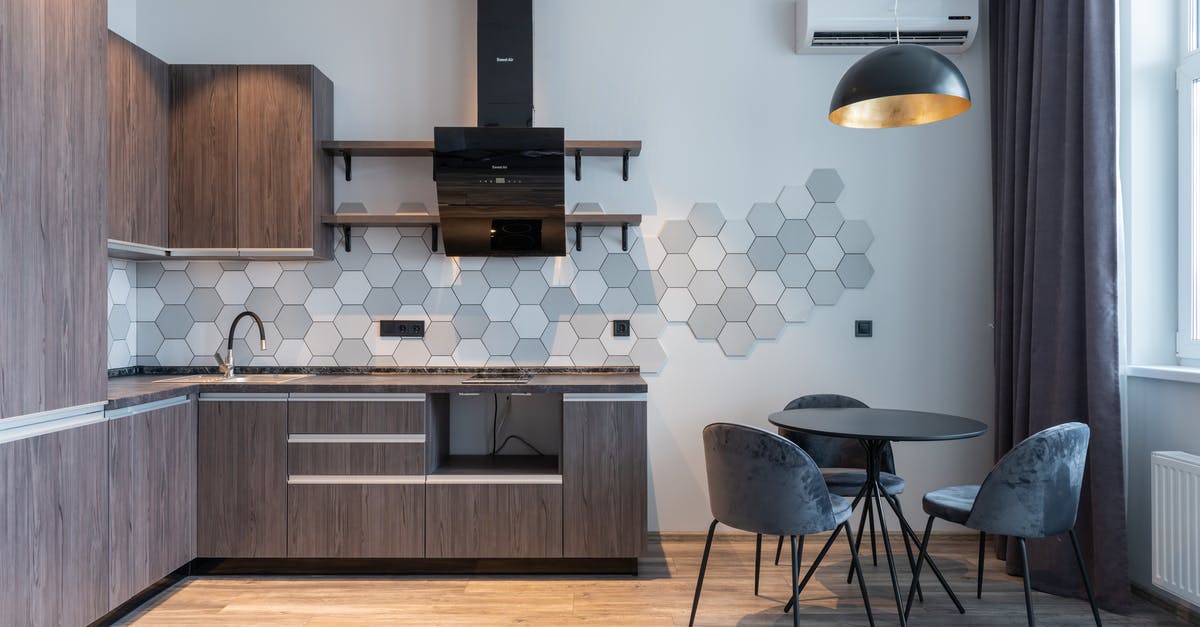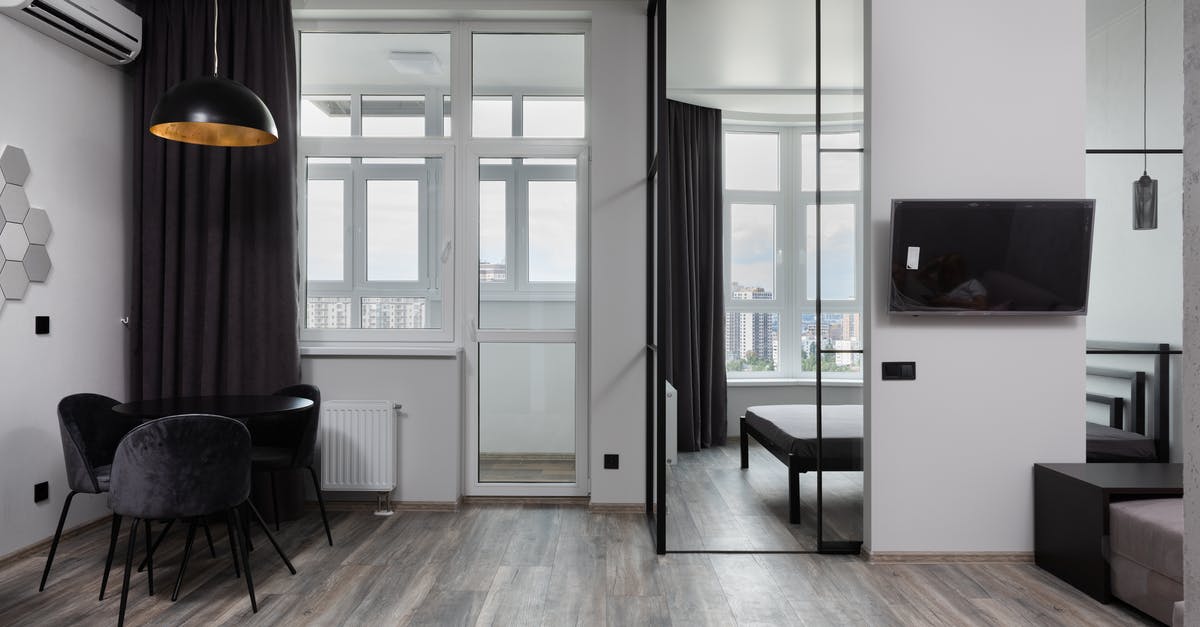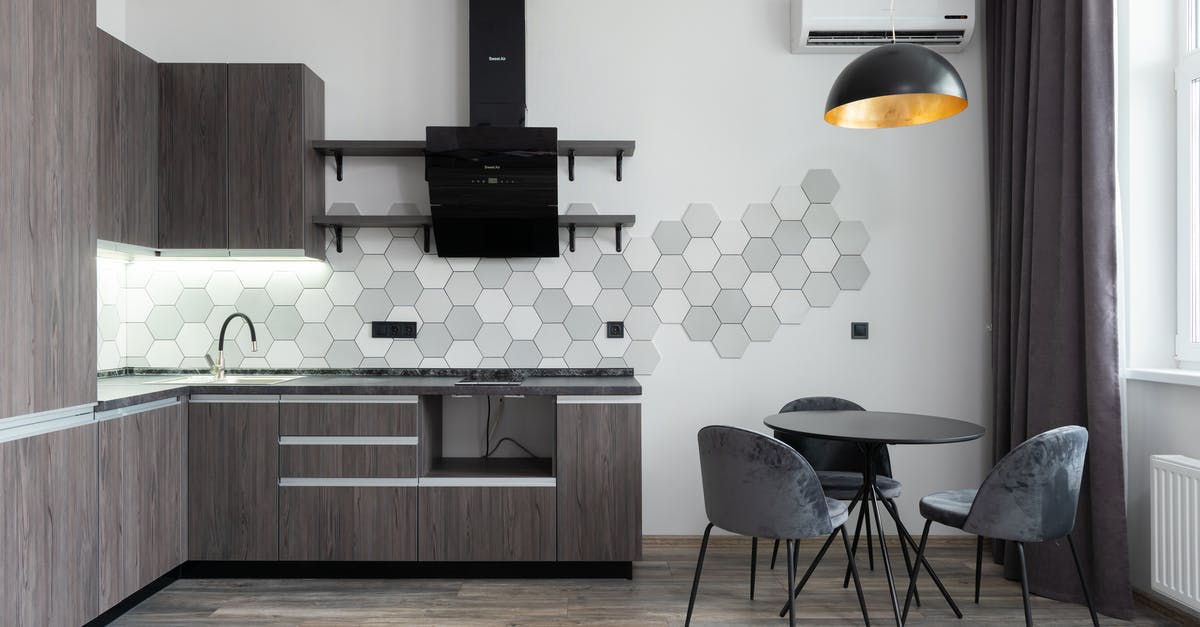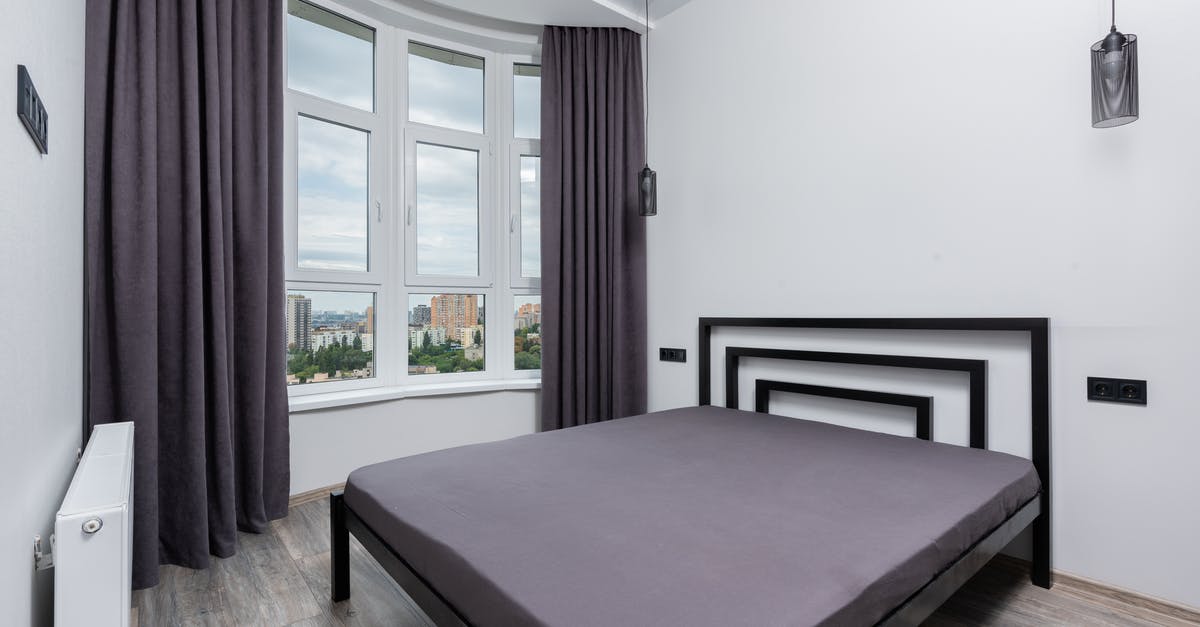Nonstick Pans: Purpose, Cleaning and Heating

Three newbie questions:
- Purpose - I read somewhere (can't find the link again) that nonstick pans were purposefully designed to be used without oil. Is this really true? Or just that food generally won't stick?
- Cleaning - I also read that one of the options for cleaning grease off is boiling a vinegar-water mixture, based on the principle that oil and vinegar don't mix. It seems the hazard is that the oil can stick to the back wall of the pan when pouring the mixture out. Has anyone tried and/or have tips to prevent oil on the wall? I was thinking I'd get a paper towel and lay it on top to soak up the grease but not sure if it'll work.
- Heating - It seems that it is unsafe to heat up a nonstick pan without anything in it. How do I safely heat up the pan to the right temperature, without any oil in it? If you put the ingredients you're to cook as it's heating up, doesn't that affect cooking the food?
Best Answer
Purpose Non-stick is a bit of a misnomer, they are actually significantly-less-stick. You can and should use oil in non-stick pans just as you would in a stainless steel pan. Certain things are much easier to do well in a non-stick pan, eggs would be number 1 on that list. I use them all the time. What they are not good for is anything with which you plan to make a pan sauce. Pan sauces need that brown, caramelized "stuff" that sticks to the bottom of the pan after searing something, usually a protein. That "stuff" is called fond, and when you add a liquid to a hot pan that has fond, the fond releases from the pan and flavors the liquid. That is called "deglazing" and it's the basis of all kinds of beautiful sauces. Non-stick will not work for that. You get little or no fond with non-stick pans. That disadvantage of non-stick is also it's advantage. No fond means easier clean-up.
Cleaning I'm sure the vinegar method works, and I suppose that there are times that it's appropriate since a lot of people do it. In my decades of using non-stick pans on a regular basis, frequently with oil, I've never found it necessary. I just wash my pans in hot soapy water (dishwashing soap, I like Dawn) and a scrubby sponge, rinse, and set to dry in a drainer. Some non-stick pans are labeled dishwasher safe, so I suppose those pans are OK to put in the dishwasher. I never do though, pots and pans get hand washed in the sink. Just never use steel wool or very abrasive cleaners on non-stick; the pans will scratch and they'll never be the same after. Scratched like that they can also flake off in your food which, of course, is not desirable.
I'm not sure exactly what you're asking about the "back wall". Do you mean how do you clean the outside of the pan? The outside gets washed just like the inside. Basically, I wash a non-stick pan the same way I would a dinner plate. One of the advantages of a non-stick pan is they generally don't require much more than that to clean. Occasionally they're easier to clean after leaving them to soak for a while. That's fine to do. You don't need worry about rusting or anything like that.
Heating It is fine to heat up non-stick pans before you add anything to them, just heat them slowly over nothing higher than medium heat, and don't let them sit on the heat for too long. Do it with care, or don't do it at all - go ahead and add the oil to the cold pan and warm them up together. It is true that non-stick pans will become ruined and potentially release nasty fumes if overheated. That most commonly happens by stupid mistake, putting it on high heat and then forgetting about it. Do not use non-stick pans for super high heat applications like Cajun blackening or high-searing steaks. That's what cast-iron is for.
Pictures about "Nonstick Pans: Purpose, Cleaning and Heating"



How do you clean a nonstick pan?
Follow these basic steps for cleaning non-stick cookware.Should you wash non-stick pans when hot?
It's essential to let the cookware cool completely before washing; immersing a hot pan in cooler water could permanently warp and ruin it.What are the benefits of a non-stick pan?
Non-stick The upsides:- Having a non-stick coating on pans saves time and energy.
- A non-stick coating also allows for cooking with less butter or oil.
- These pans make it much easier to cook particularly \u201csticky\u201d foods, such as fried eggs.
What is high heat for a non-stick pan?
Not to mention that, when heated above 400\u2013500 degrees, the molecules on the coating break down and release fluorocarbons in the air," Lanning says. These polymers, common in household products, but inhaling them is linked to respiratory illness, hence why overheating your nonstick pans is so problematic.How to Clean Your Nonstick Pans
More answers regarding nonstick Pans: Purpose, Cleaning and Heating
Answer 2
Well nonstick pans were created so that the likelihood of food sticking to the surface of the pan is reduced and the idea that they were designed to be used without oil is not true. You certainly can use it with oil.
Secondly, cleaning oily residue from the pan can be done as mentioned here. It is suggesting to do the following:
- Fill the pan with water
- Pour in half cup of vinegar
- Bring the mixture to a boil
- Allowing the oily residue to float on top the surface.
- Use a paper towel to skim off the residue
- Pour out all the liquid in the pan
- Finally, wash the pan with soapy water and non-abrasive nylon.
Thirdly, about heating nonstick pans, its alright as long as you don't cross the limit of 470 °F/243 °C as it will cause the Teflon surface to melt and release toxic chemicals. When heating up a nonstick pan empty start with a low temperature instead of going all high at the beginning which might pose a risk. The previous facts were taken from here.
Sources: Stack Exchange - This article follows the attribution requirements of Stack Exchange and is licensed under CC BY-SA 3.0.
Images: Max Vakhtbovych, Max Vakhtbovych, Max Vakhtbovych, Max Vakhtbovych
